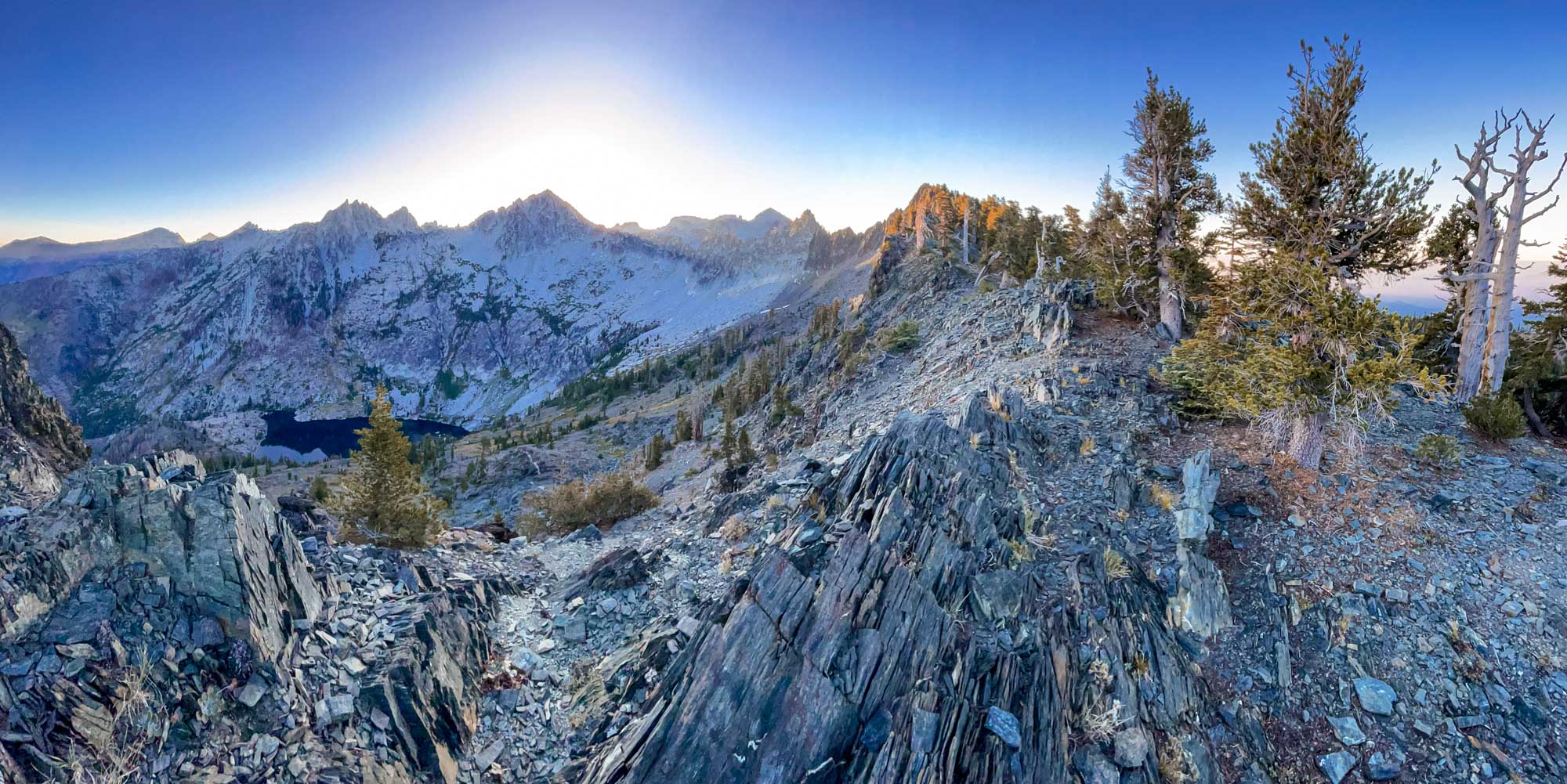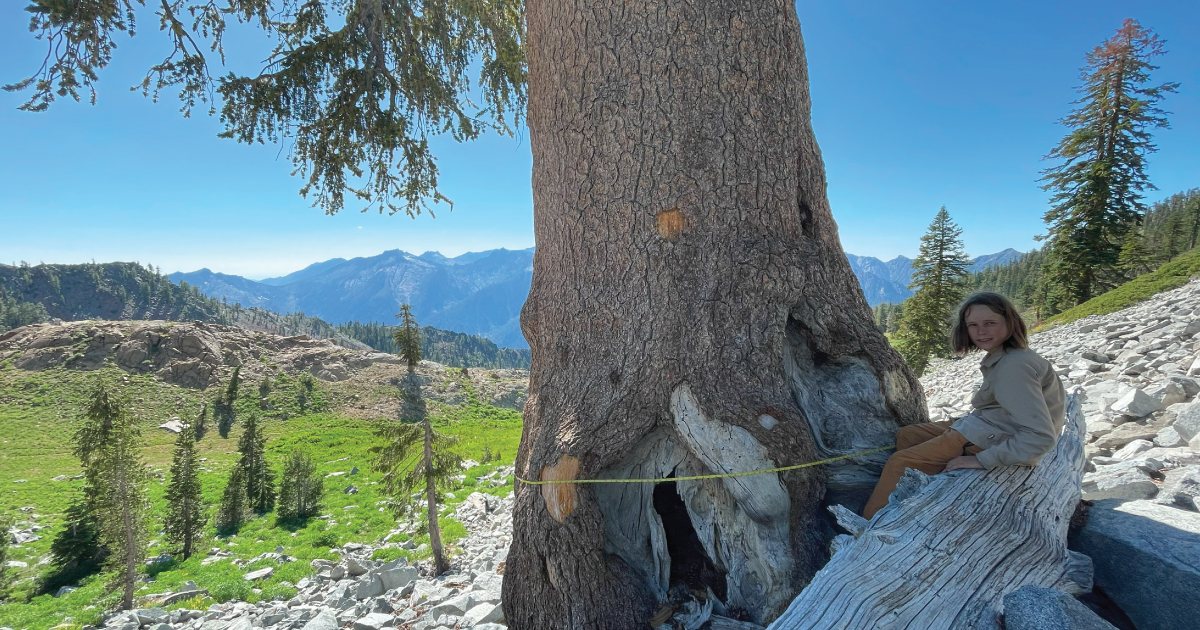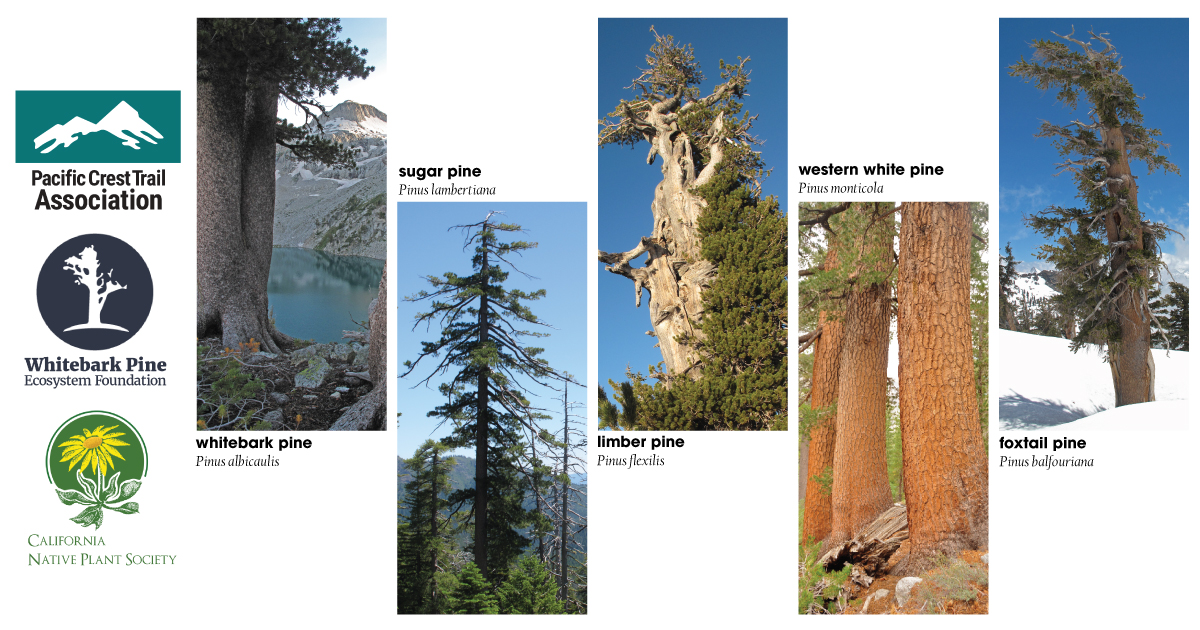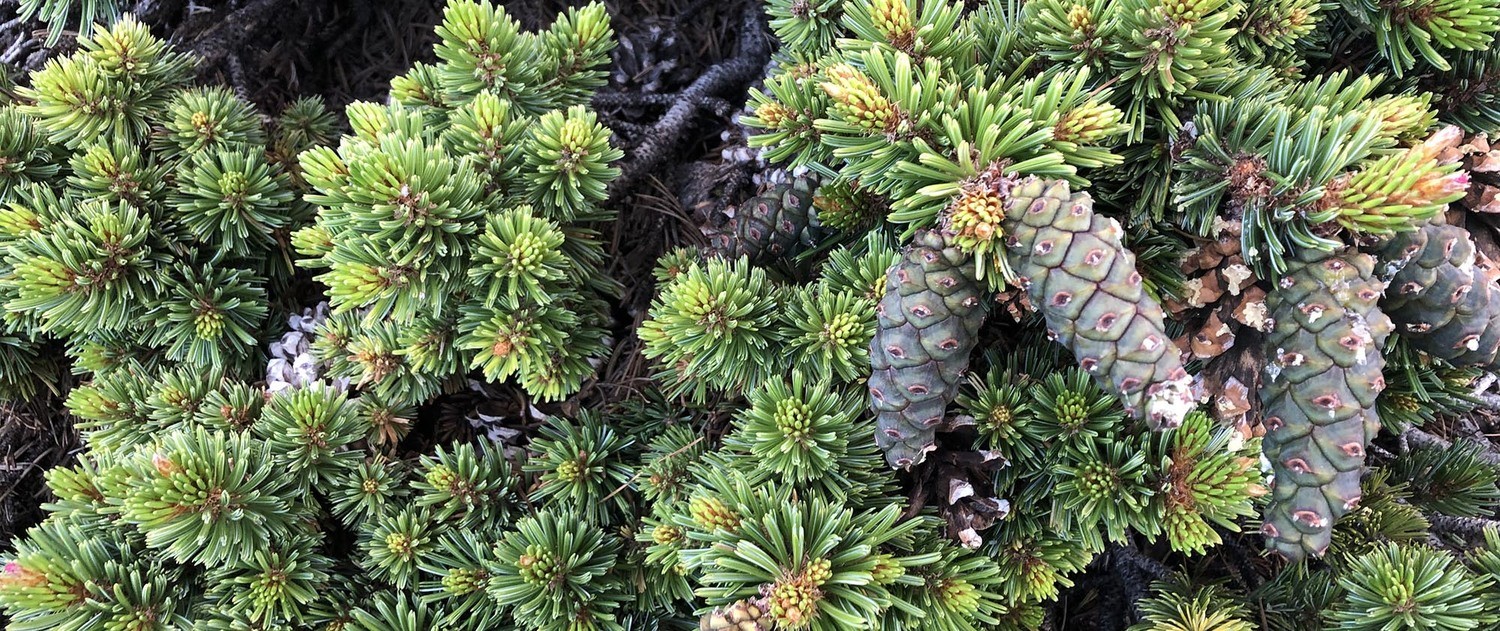As spring transitioned to summer, we traveled deep into the Coast Range to the headwaters of the Bigfoot Trail. Mount Linn—at 8,098 feet, the highest point in California’s Coast Range—rises like an island above a sea of rugged ridges and folded drainages. Here, the Bigfoot Trail begins, and here, we spent our days working to open the path for future hikers—treading, clearing logs, and feeling that familiar rhythm of shared labor in wild places.
Continue reading “Among Ancient Pines on Mount Linn”Papoose Lake Revisited
Trinity Alps Wilderness
In November 2008, I made my first trip to Papoose Lake in the Trinity Alps Wilderness. That trip inspired my first blog post which evolved into Field Notes From Plant Explorations. This first post was more about geology than plants because of the unique geologic character of the Papoose Lake Basin.
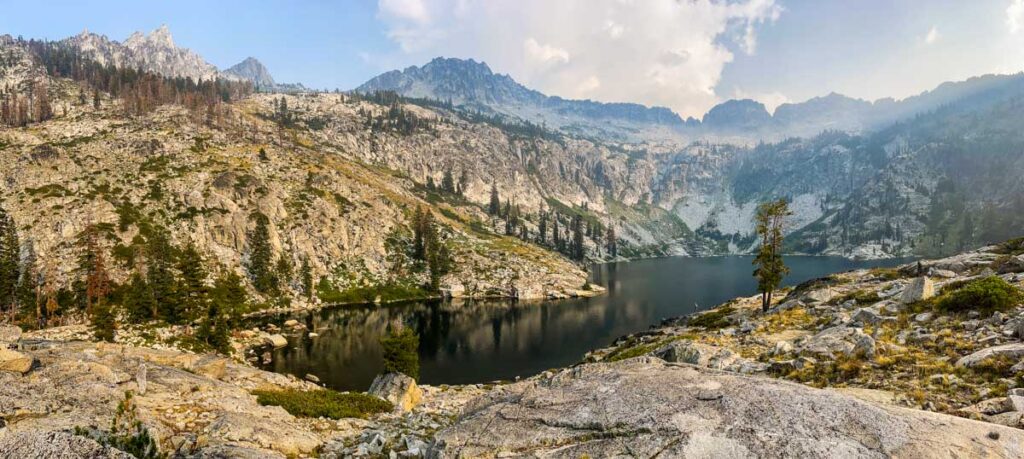
This month, almost 15 years later, I returned to Papoose Lake to conduct vegetation surveys as part of our Klamath Mountains Vegetation Mapping Project. In many ways the basin is the same but in others changes are afoot. What follows are some reflections on 15 years of blogging through the eyes of a Klamath Mountain lake basin.
Continue reading “Papoose Lake Revisited”Champion Klamath Foxtail Pine
Pinus balfouriana subspecies balfouriana
In 2010, I first found this tree while backpacking through the Trinity Alps Wilderness in far northern California. Just last week, thirteen years later, my son Sylas and I returned with tools to officially measure and nominate this tree. While points fell just short of the overall champion, it is the second largest foxtail pine known and the largest of the subspecies of the Klamath foxtail pine (Pinus balfouriana subsp. balfouriana).
It measures 24’ circumference 84’ tall 44’ crown spread for 383 AF points. CLICK for how to measure a tree.
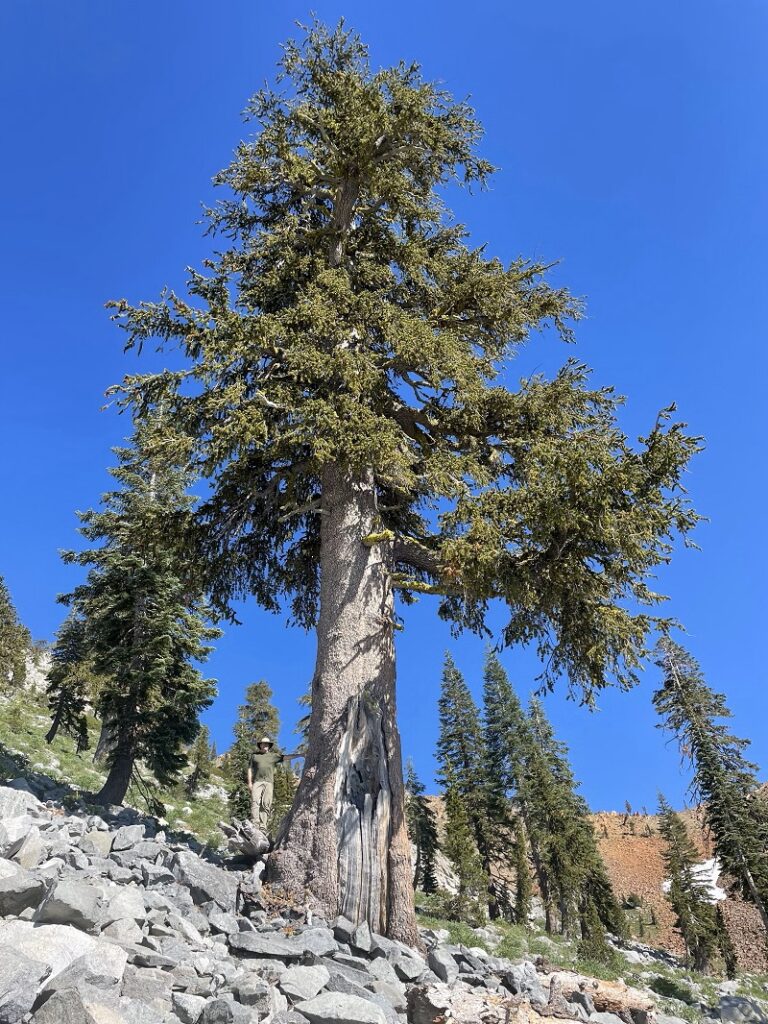
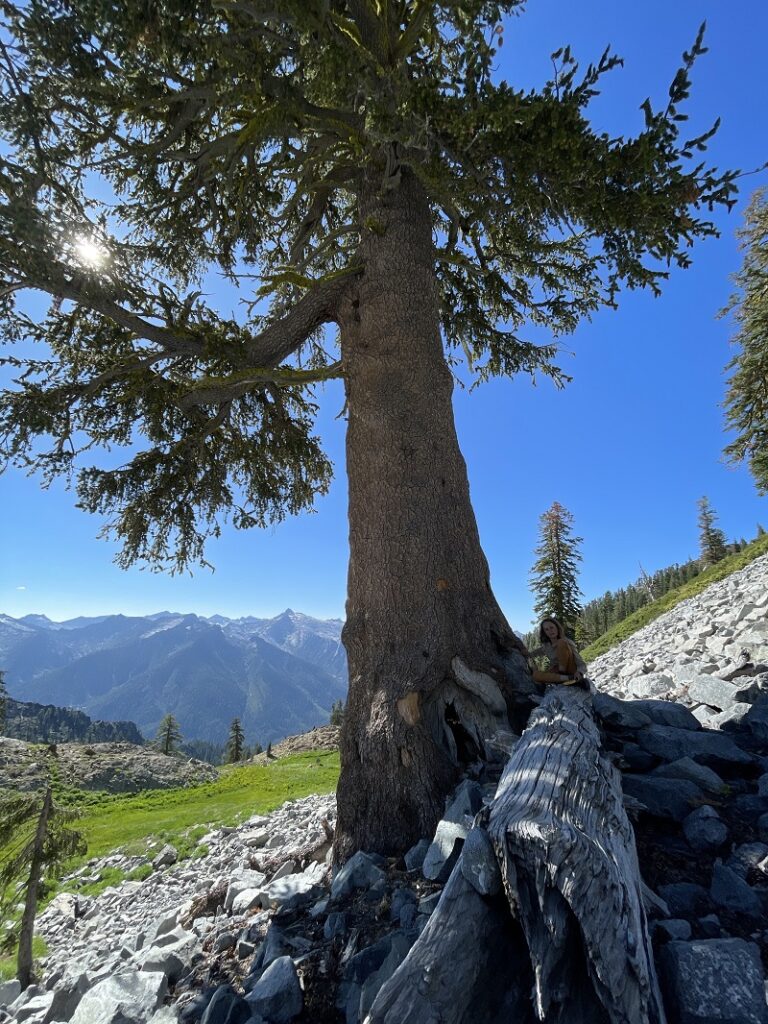
Five-Needle Pines Community Science Project
As a board member of the Whitebark Pine Ecosystem Foundation, I decided to help cook up this project because all is not well with the five-needle pines of western North America.
Five-needle pines along the Pacific Crest Trail include the sugar pine, limber pine, foxtail pine, whitebark pine, and western white pine. Crucial to the mountain ecosystems where they occur, these trees face an uncertain future, and scientists are trying to learn more.
You can help and are invited
Whitebark Pine Ecosystem Foundation has partnered with the California Native Plant Society and the Pacific Crest Trail Association to raise awareness about the plight of five-needle pines and conduct this community science project. The goal is to get thru-, section-hikers, and everyone who visits to the trail to map and inventory five-needle pines along the Pacific Crest Trail.
By participating, you will help increase awareness of the changes affecting our world while improving connections to nature. Working together to document what’s happening is a positive step toward recovery.
Continue reading “Five-Needle Pines Community Science Project”Magnificent Five-Needle Pines
of Western North America
I have made more posts about foxtail pines than any other trees and it is thus no secret that my favorite conifer is a five-needle pine. There are a lot of thoughts and details about five-needle pines swirling around in my world these days–for better or worse (fires and climate change)–so I figure I’ll add to the story with some updates here.
Continue reading “Magnificent Five-Needle Pines”
